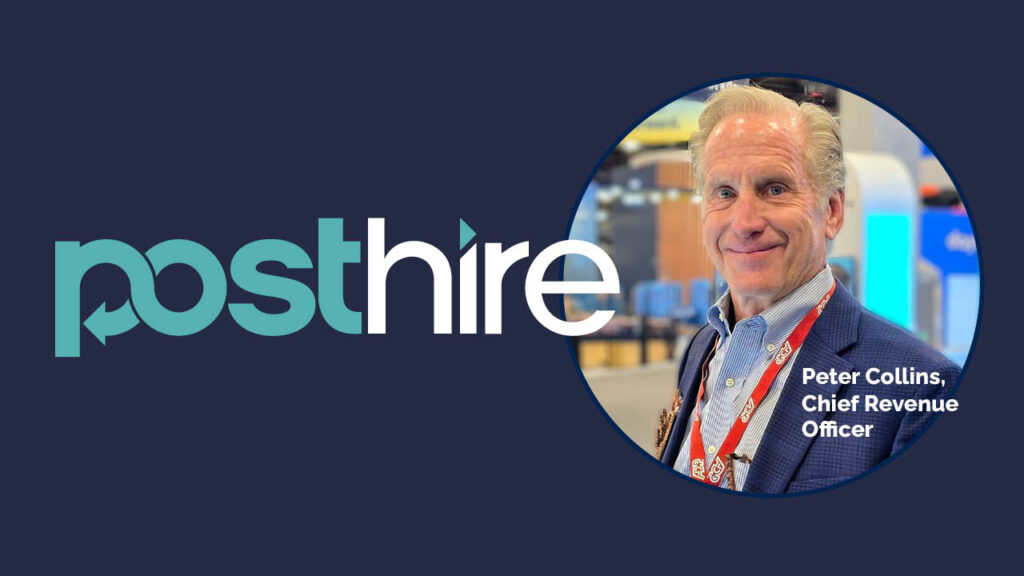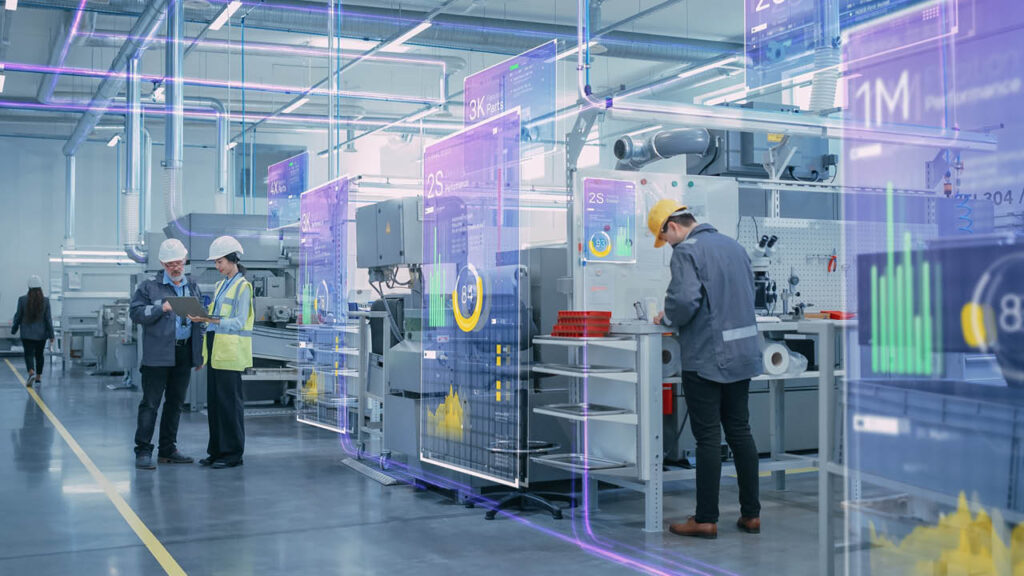Beyond the Hire:
PostHire Insights
Homeㅤ
>ㅤResourcesㅤ> ㅤBlog Articles
Posthire Insights
What you don't know can hurt you.
Compliance is evolving from a reactive obligation to a built-in design principle. Learn how unified HR systems, continuous screening, and real-time data integration are shaping the next wave of workforce technology—and how PostHire helps employers stay audit-ready and risk-aware.
As more states expand Clean Slate and Fair Chance laws in 2025, employers face new challenges in maintaining compliance and workforce safety. With past records sealed from view, continuous workforce screening has become the only reliable way to identify new criminal activity that impacts organizations.
PostHire’s September conference recap highlights key insights from Avangrid’s Threat & Intelligence Symposium and the HR Technology Conference. As hiring slows and workforce risks rise, continuous employee screening emerges as an essential strategy for organizational resilience.
Traditional background checks miss risks that surface after hiring. This blog outlines 5 reasons continuous workforce screening is essential—helping prevent workplace violence, protect data, ensure compliance, and safeguard reputation by detecting new criminal charges early.
Workforce risks in 2025 are outpacing annual background checks. With economic volatility, remote work, and surging contractor use, insider threats are rising across industries. From healthcare to logistics, continuous employee rescreening has become essential for compliance, security, and protecting people, data, and reputations.
Artificial intelligence is transforming the workplace—but it’s also fueling a surge in insider job fraud. As AI tools grow more accessible, malicious employees can bypass controls, commit fraud, and evade detection. Companies must rethink security protocols with continuous workforce screening to stay ahead of these evolving risks.
American businesses face escalating economic uncertainty in 2025. Shifting workforce dynamics and evolving compliance rules are redefining hiring and security protocols. Just as the Industrial Revolution shifted labor from farms to factories, and the internet sparked the rise of the information economy, today’s social and economic conditions are creating entirely new employment models.
As remote and hybrid work models become a permanent feature of corporate life, business leaders and HR professionals face new legal and operational risks that were once limited to traditional in-office settings. While flexibility offers value, it also requires a modern approach to workforce management and risk prevention.
Hybrid and remote work offer undeniable benefits—flexibility, cost savings, and access to broader talent pools. But they also introduce a major challenge: reduced visibility into employee conduct.
Hybrid and remote work offer undeniable benefits—flexibility, cost savings, and access to broader talent pools. But they also introduce a major challenge: reduced visibility into employee conduct.









